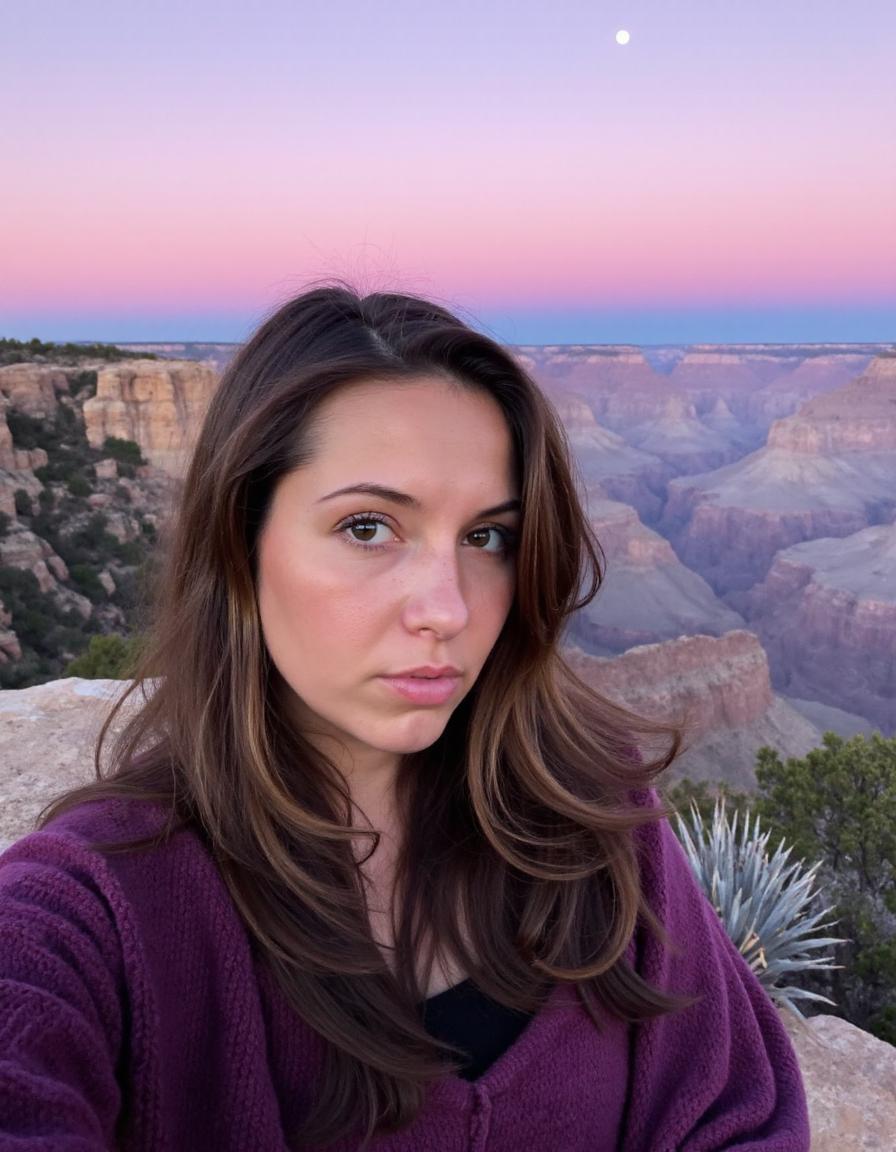1. User Interface
I prefer Forge UI. I think everything below can be mimicked in other UIs, but in my opinion everything you really need is already set up for you in forge.
2. Sampling Method and Schedule Type
I've seen lots of people suggest different sampling methods and schedule types for realism. So far I don't think anything compares to these settings:
Sampling Method: [Forge] Flux Realistic (2x Slow)
Schedule Type: Beta
3. Distilled CFG Scale
Distilled CFG Scale is very important. Higher values (3-4) can be useful for prompt adherence if you're trying to get a complex scene like: "A photo of a woman riding a mule on the surface of Mars wearing a cowboy hat and firing an Uzi into the air at a flying saucer."
Your Txt2img generation wont be as realistic at first, but you can touch them up later with a lower Distilled CFG Scale in Img2img.
A good middle ground is 2.5 Distilled CFG Scale and you can usually get pretty good images that don't need much inpainting or touching up if any at all.
If you don't like a particular texture in the image (plastic skin, metal too shiny, fabric too dull, etc.) changing the Distilled CFG Scale might work better than changing your prompt.
I personally never touch "CFG scale" to the right of "Distilled CFG Scale" and it stays at 1.0
4. Realism LoRAs
These can absolutely help, they can also screw up your prompt adherence and sometimes give you SD 1.5 type of anatomy issues. It really depends on your specific prompt and what you're going for. Here are the ones I like and I use them with a weight of 0.8 at most:
Amateur Photography [Flux Dev]
iPhone Photo [FLUX•SD3.5L]
Phlux - Photorealism with style
UltraRealistic Lora Project
In forge you can easily stack them together at the end of your prompt or even create a "Style" (under the orange "Generate" button). Here is my current default Realism Style (check my most recent images for updates to LoRAs I'm currently using):
<lora:iphone-dev-7:0.8> <lora:amateurphoto-6version:0.8> <lora:Phlux:0.4> <lora:UltraRealPhoto:0.4>
The number after the : is the weight of that particular LoRA.
5. Img2img
You generated an image, you like the composition of the image, it's what you were going for, but it doesn't look realistic enough. The simplest thing to do is send it to the Img2img tab and regenerate the image on a random seed. Adjust the Distilled CFG Scale (usually down), Adjust your prompt, Adjust your LoRAs. Use a denoising strength of 0.35 - 0.45 if you want to barely adjust the image, Use 0.75 and up if you want a fairly different image. If this doesn't seem to be working out try:
6. Inpainting
When a face, hand, foot, or anything is taking up a small portion of the image, it's difficult for Flux (or Stable Diffusion) to get it right. This can be fixed easily by inpainting. Personally, I NEVER use an inpainting model. I don't see the point of it, you can inpaint with the regular model you're using just fine.
Make sure to set "Inpaint area" to "Only masked" so that Flux zooms in and can generate with more detail as opposed to generating a blob-face. The default "Only masked padding, pixels" is 32 and that tends to work well. If Flux is zooming in too far and losing the context of the image, you may have to increase the padding pixels so that it zooms out and can see what it's trying to generate.
Use a Denoising strength of 0.35 to 0.65. Lower wont change the image enough, higher will typically mess up your image.
I see a ton of images on CivitAI with a slightly wonky face (cross eyed, blurry mouth, etc) that could easily be fixed by one quick inpaint.
There is an extension that does this automatically called Adetailer, I don't use it because I prefer the control of inpainting manually but you might like it. It does exactly the same thing. Detects the face/hand/human, zooms in, changes only that part of the image.
Comment any questions.






